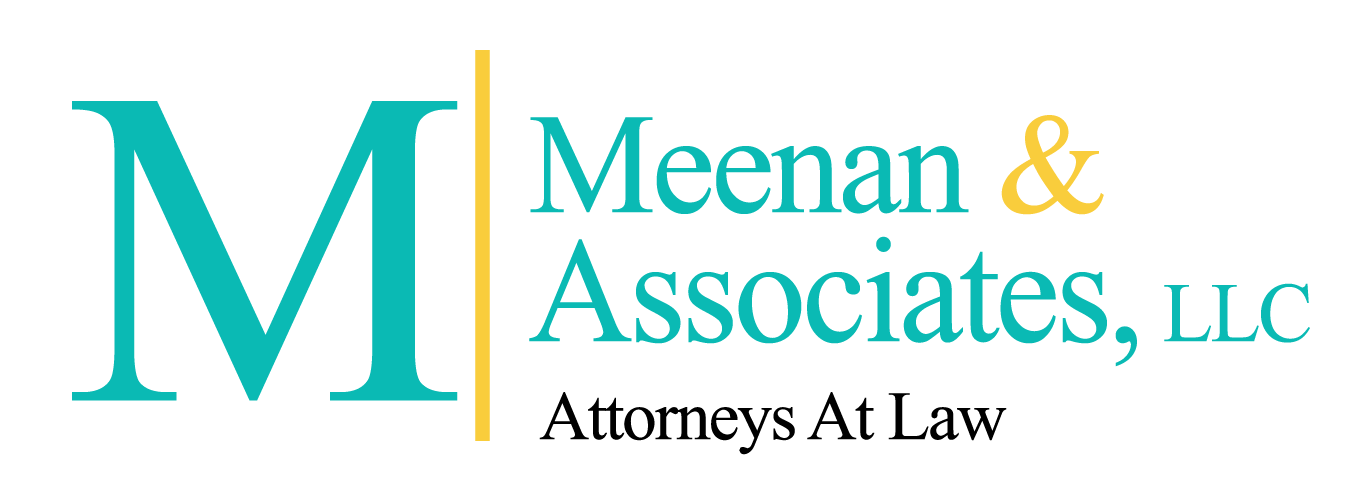Reports of the conditions in nursing homes that care for the elderly and disabled, which have been overwhelmingly impacted by COVID-19, are concerning. According to an analysis conducted by the New York Times, thirty-seven percent of COVID-19 deaths nationwide were of nursing home residents and staff. State and local governments have developed strategies to address this issue.
At a state level, New York Governor Cuomo recently issued an executive order requiring:
- patients to test negative for COVID-19 prior to admission to a nursing home;
- testing of nursing home workers; and
- a waiting period before nursing home workers who tested positive for COVID-19 could return.
More recently, the Governor issued an executive order permitting labs to process tests for staff of nursing homes and adult care facilities without requiring a prescription and to report the results to the employing facility’s administrators and operators. The executive order also allows facility administrators and operators to report positive test results to the local health department.
In the latest development in the attempts to address this problem, New York City Mayor de Blasio announced a four-prong strategy. Part of the Mayor’s plan is to provide free testing on-site at both public and private facilities: twice a week for staff and once a week for residents. In addition, he indicated an intent for the city to help make available additional nursing home staff to care for the surge in COVID-19 patients anticipated as a result of the increased testing. The city is also creating New Outbreak Response Teams headed by epidemiologists to provide supplemental assistance to facilities that suffer an outbreak.
In addition to the above measures, de Blasio indicated a plan to look into a move toward increasing reliance on home-based long-term care, instead of care in institutions, as a long-term measure to address COVID-19. De Blasio’s advocacy for home-based care is at odds with New York State’s recently enacted changes to community Medicaid, which covers the cost of care at home, to effectively make it harder for New Yorkers to qualify for home care covered by Medicaid.


